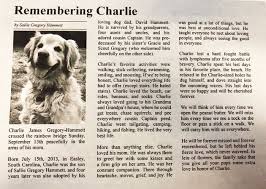Brand Missionary.
A synonym for brand mission ought to be brand objective. Today in branding work though, mission often refers to a reason-for-being that contributes to the greater good. Mission-based companies have loftier goals than shareholder value or after-tax revenue. Patagonia, the grandmother of mission-based companies, is all about preserving the planet. 501C companies can bypass taxes because their mission is not to make money but to make a difference.
But a good number of marketers are using brand missions to position their brands. Often to curry favor with crunchier consumers. It’s a thing. “For every soda we sell we’ll donate $.10 to the save the piping plover.” I am not belittling these efforts. But these good deeds aren’t brand craft.
A good brand mission isn’t a hobby, it is tied to the brand objective. Which is tied to a business objective.
I’ve written hundreds of brand strategies. All of them containing missionary work. But that work is secondary to establishing a singular brand position, endemic to the product or service, that predisposed or post-disposes a consumer to action.
Peace.









